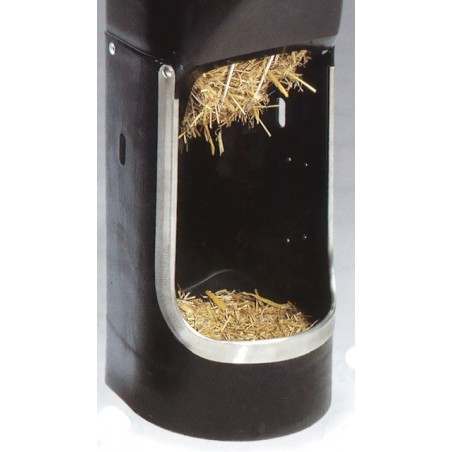The objective of this study was to investigate the association between social structure and incidence of tail-biting in pigs. Pigs (n = 144, initial weight = 7.2 ± 1.57 kg, 4 weeks of age) were grouped based on their litter origin: littermates, non-littermates, and half-group of littermates. Six pens (8 pigs/pen) of each litter origin were studied for 6 weeks. Incidence of tail injury and growth performance were monitored. Behavior of pigs was video recorded for 6 h at 6 and 8 weeks of age. Video recordings were scanned at 10 min intervals to register pigs that were lying together (1) or not (0) in binary matrices. Half weight association index was used for social network construction.
Littermates had lower network density (0.119 vs. 0.174; p < 0.05), more absent social ties (20 vs. 12; p < 0.05), and fewer weak social ties (6 vs. 14, p < 0.05) than non-littermates, indicating that littermates might be less socially connected. Fifteen percent of littermates were identified as victimized pigs by tail-biting, and no victimized pigs were observed in other treatment groups.

Results indicate that littermates were less socially connected among themselves within a pen by spending less time lying together with their pen-mates than non-littermates. Littermates had a higher incidence of tail-biting compared to non-littermates. These results suggest that less social connection with pen-mates might predispose littermate pigs to the development of tail-biting.
Yuzhi Li, Haifeng Zhang, Lee J. Johnston and Wayne Martin. Understanding Tail-Biting in Pigs through Social Network Analysis. Animals 2018, 8(1), 13; https://doi.org/10.3390/ani8010013








